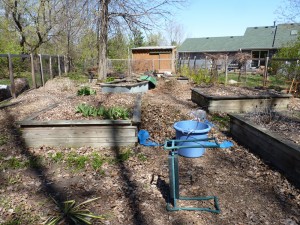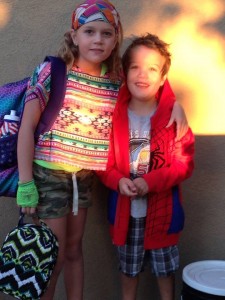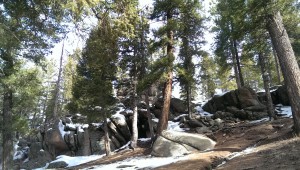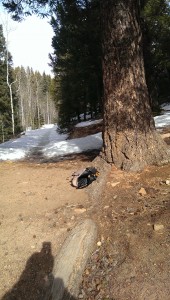Imbolc Black Mountain Moon
 Selling the house in Andover. We’ve put our best effort into this sale and so far? No offers. Lots of lookers, but no buyers. It’s been four months since we closed on Black Mountain Drive which means for those four months and now a fifth, March, we’ve been paying two mortgage payments. Warren and Sheryl did it for several years and we can sustain it, but we don’t want to.
Selling the house in Andover. We’ve put our best effort into this sale and so far? No offers. Lots of lookers, but no buyers. It’s been four months since we closed on Black Mountain Drive which means for those four months and now a fifth, March, we’ve been paying two mortgage payments. Warren and Sheryl did it for several years and we can sustain it, but we don’t want to.
The longer it lingers, since it has a certain amount of our assets tied up, the leaner and tighter our budget becomes. Not unexpected, but not pleasant either.
There was risk in buying here before we sold the Minnesota house, but it was one we took with our eyes open. I’m glad we made the choice. This house fits us so well. Kate did a great job in finding it. Moving first simplified, by a lot, the whole process of exiting 153rd Ave. NW. And, we got to start our new life here in Colorado.
An interstate move is expensive under any circumstances, especially when you have 20 years of belongings to move. Though we reduced by about a third, we still had a lot to move. The final tally, of course, is not in yet, but even when we add it all up, it will have been worth it.
Why? This was the time to move in terms of our health. We’re still healthy enough to establish a new life. And, moving to Colorado allowed us to accomplish two goals with one move. The first, being closer to the grandkids, was both about seeing them more often and their ages, Ruth, 8, and Gabe, 6. As with our health, this was the time to move to be part of their lives while they still tune into grandparents.
 The second goal we accomplished was to move into a place of great natural beauty with space for our four dogs and our mutual creative work. Living in the Front Range of the Rocky Mountains means we have a home where the eco-systems vary by altitude and the altitude varies a lot. It also means spectacular vistas, interesting weather and wildlife.
The second goal we accomplished was to move into a place of great natural beauty with space for our four dogs and our mutual creative work. Living in the Front Range of the Rocky Mountains means we have a home where the eco-systems vary by altitude and the altitude varies a lot. It also means spectacular vistas, interesting weather and wildlife.
So, we chose and now we live with the choice. Happily.

